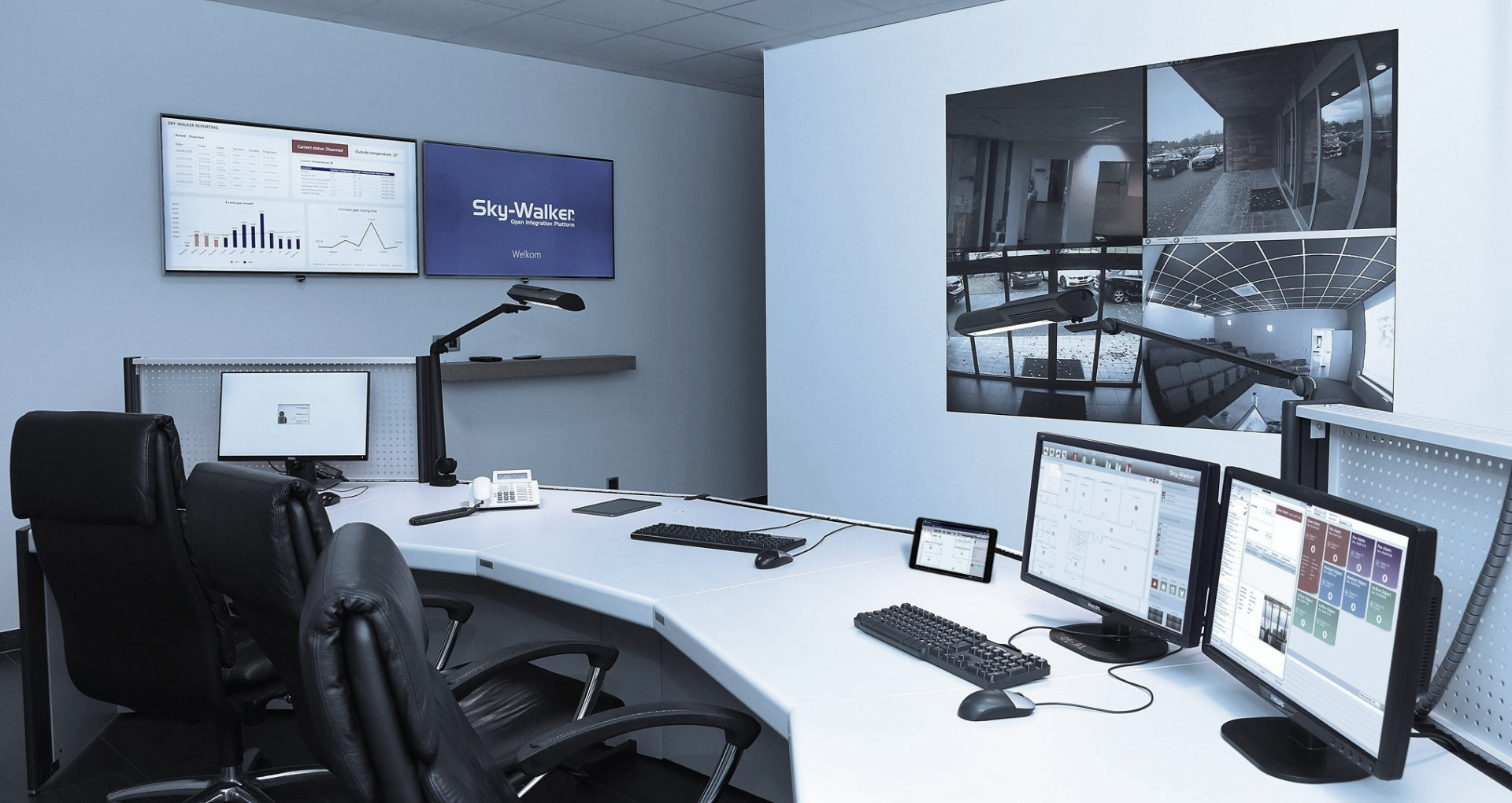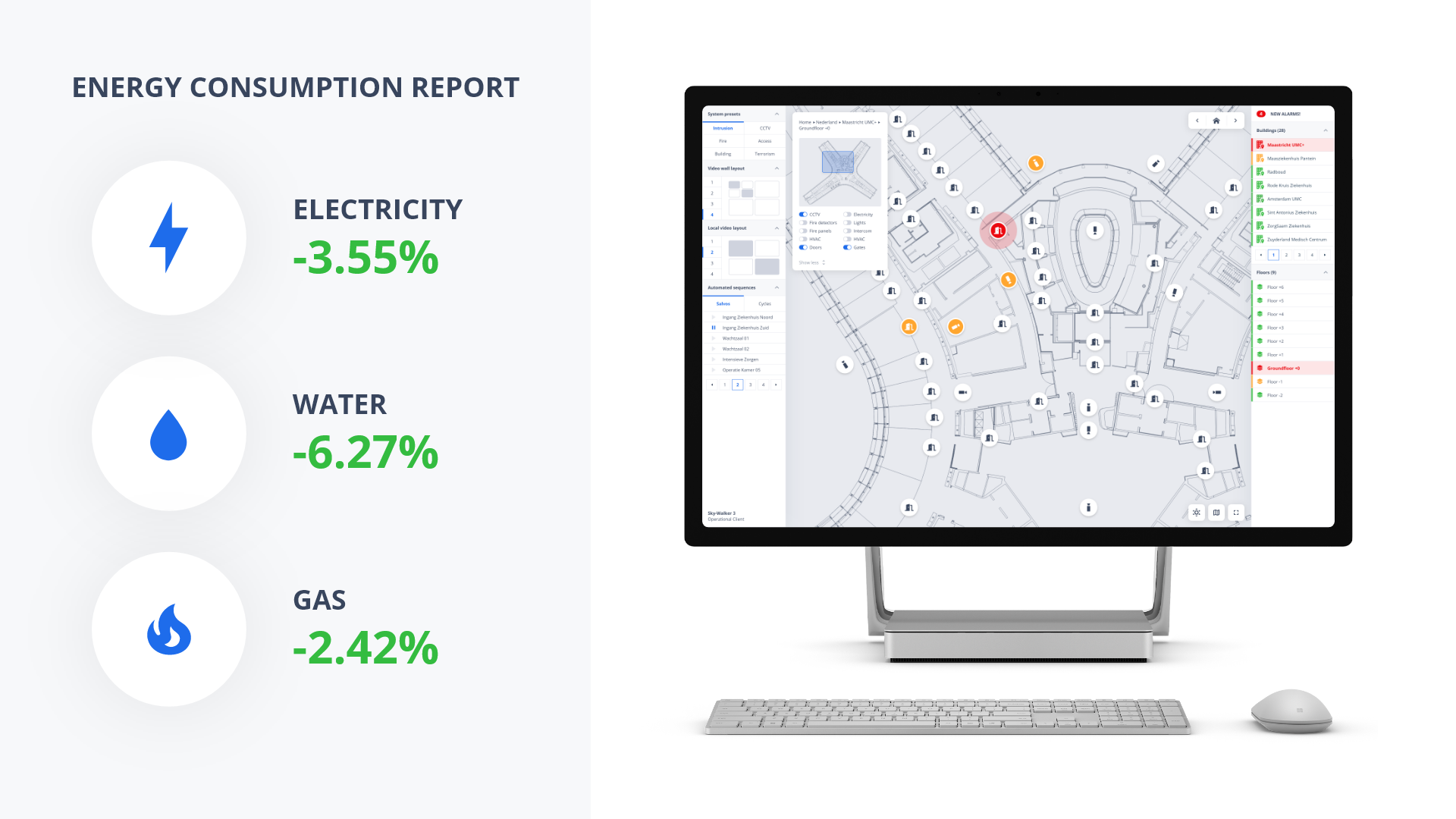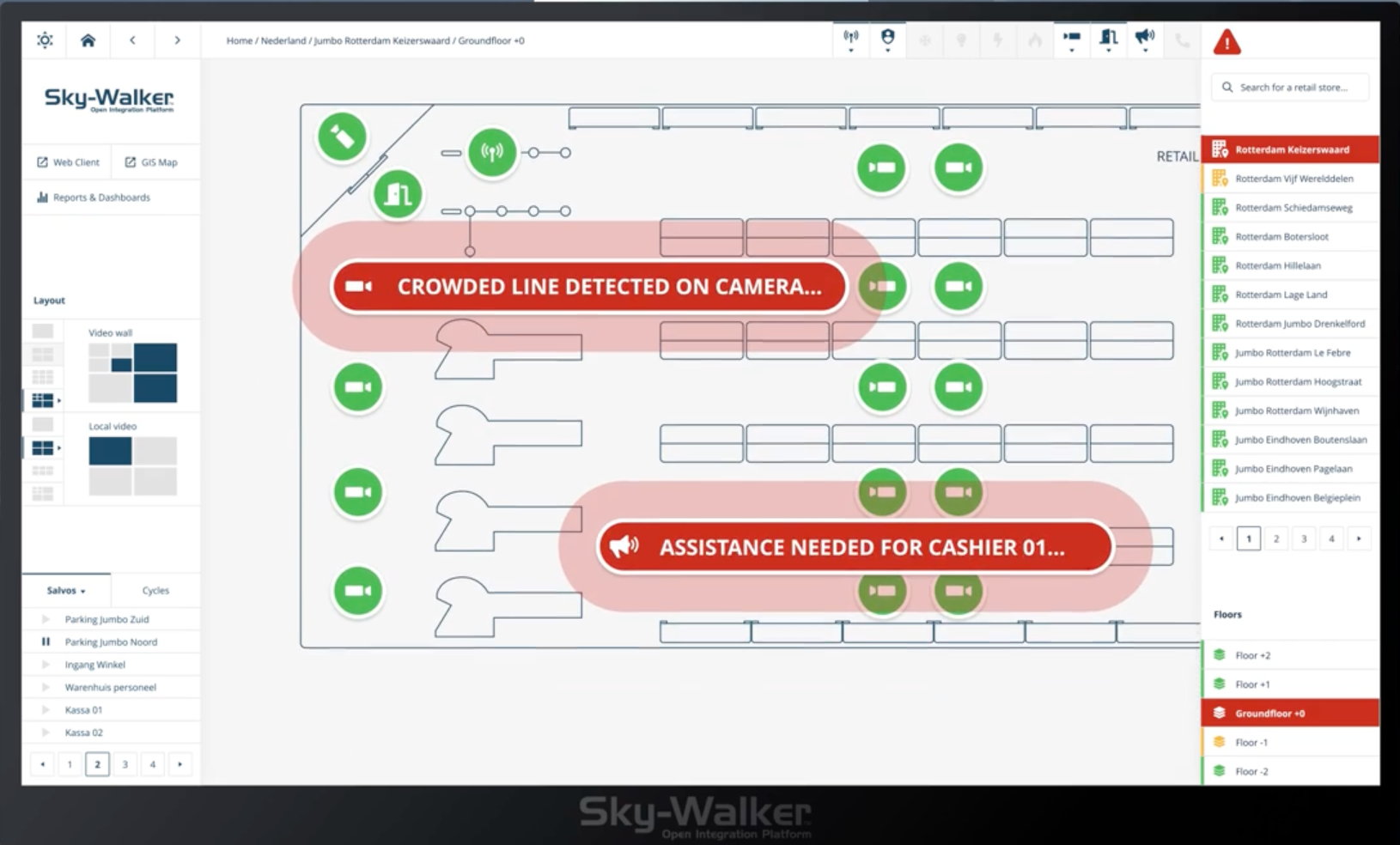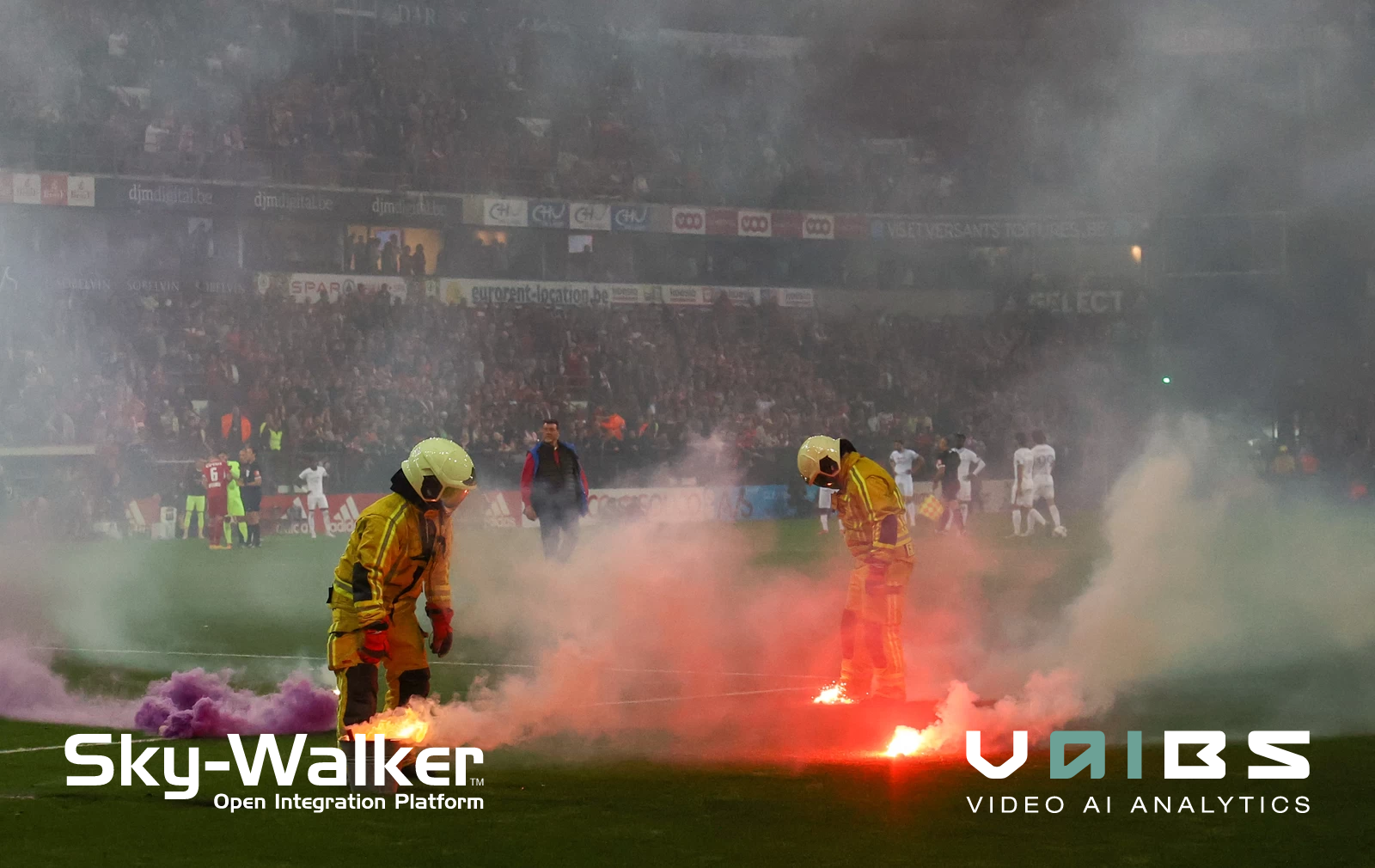Streamlining Incident Response and Enhancing Emergency Management with PSIM in the Industrial Sector
In the fast-paced industrial sector, incident response and emergency management are paramount to maintaining operational continuity, ensuring the safety of personnel, and protecting valuable assets. However, traditional approaches to incident response often involve fragmented processes, disjointed systems, and manual coordination efforts, leading to delays, inefficiencies, and potential risks. The advent of PSIM (Physical Security Information Management) has revolutionised incident response and emergency management in the industrial sector, offering a unified platform to streamline processes, enhance situational awareness, and enable efficient crisis mitigation. In this blog article, we delve into the role of PSIM in optimising incident response and emergency management in industrial settings, empowering organisations to respond swiftly and effectively in times of crisis.
Understanding the Importance of Incident Response and Emergency Management in the Industrial Sector
Industrial facilities face unique challenges and risks due to their complex operations, critical infrastructure, and the potential for hazardous incidents. A proactive and integrated approach to incident response and emergency management is crucial for mitigating risks, minimising operational disruptions, and safeguarding the well-being of employees. Effective incident response and emergency management strategies play a pivotal role in maintaining operational continuity, complying with safety regulations, and protecting an organisation's reputation.
Introducing PSIM: Enabling Seamless Incident Response and Emergency Management
PSIM serves as a centralised platform that integrates diverse security subsystems, enabling industrial facilities to effectively manage incidents and emergencies from a unified command and control interface. Advanced PSIM solutions like Sky-Walker empower organisations to harness the power of integration, providing real-time data, automated workflows, and comprehensive situational awareness to expedite response efforts and minimise the impact of crises.
Optimising Incident Response Processes with PSIM Integration
By integrating multiple security subsystems, such as video surveillance, access control, and intrusion detection, into a single PSIM platform, industrial facilities can consolidate alarm and event management, enabling swift incident detection and response. Centralised incident response processes streamline communication, facilitate collaboration among response teams, and automate workflows, ensuring efficient handling of incidents and reducing the risk of human error.
Enhancing Situational Awareness for Effective Incident Response
PSIM platforms integrate video surveillance systems, providing operators with real-time monitoring and advanced video analytics capabilities. This integration enhances situational awareness by enabling operators to detect incidents, track intruders, and identify potential threats quickly. Through centralised command and control interfaces, operators can access relevant information and video footage, empowering them to make informed decisions and initiate appropriate response actions promptly.
Coordinating Resources and Communication during Emergencies
During emergencies, effective communication and resource coordination are crucial for swift and coordinated response efforts. PSIM platforms integrate communication systems, such as public address and intercoms, allowing for seamless communication between response teams and facility occupants. Automated emergency notifications and procedures ensure timely dissemination of critical information, guiding evacuation processes and enhancing emergency response coordination.
Strengthening Emergency Management Capabilities with PSIM
PSIM not only optimises incident response but also strengthens emergency management capabilities in industrial settings. By integrating emergency response plans and procedures into the PSIM platform, organisations can track emergency incidents, allocate resources efficiently, and foster collaboration among response teams and external agencies. This unified approach ensures effective crisis management, enhances situational awareness, and enables organisations to adapt rapidly to evolving emergencies.
Harnessing Data and Analytics for Continuous Improvement
PSIM platforms capture and analyse data from incident response and emergency management processes, providing organisations with valuable insights. By identifying patterns, trends, and areas for improvement, industrial facilities can continuously enhance their incident response and emergency management strategies. Data-driven insights inform the refinement of emergency plans, optimisation of resource allocation, and proactive measures to mitigate risks, fostering a culture of continuous improvement and resilience.
Training and Preparedness for Effective Incident Response and Emergency Management
PSIM platforms offer training modules and simulations within the system, enabling organisations to conduct scenario-based exercises and enhance response capabilities. These training exercises enhance decision-making skills, familiarise operators with the PSIM platform's features, and ensure preparedness to handle various incidents and emergencies effectively. Continuous training and updates keep response teams agile, adaptable, and aligned with evolving threats and industry best practices.
Conclusion
PSIM technology has emerged as a game-changer in the industrial sector, revolutionising incident response and emergency management. By leveraging the power of integration, situational awareness, and data analytics, PSIM platforms like Sky-Walker empower industrial facilities to respond swiftly, mitigate risks, and protect personnel and assets. Streamlining incident response processes, enhancing emergency management capabilities, and fostering a culture of continuous improvement are vital for industrial organisations to navigate crises successfully and ensure operational continuity. Embracing PSIM technology becomes imperative for organisations seeking to build resilience, enhance safety, and stay one step ahead in the ever-evolving landscape of incidents and emergencies.
For more in-depth information about Sky-Walker in your control room, request your free live demo now and see Sky-Walker in action!
Don't miss out on our news topics, sector trends, and expert insights! Subscribe to our monthly newsletter now and receive a new issue directly in your mailbox every month!







 Download Product Ebook
Download Product Ebook View all our solutions
View all our solutions Sky-Walker Architecture
Sky-Walker Architecture View all our integrations
View all our integrations Book Protocol workshop
Book Protocol workshop Our Company
Our Company Contact Us
Contact Us View All Our Case Studies
View All Our Case Studies English
English Français
Français Nederlands
Nederlands








